1 Comment
As the debate rages on regarding strike pattern, shoes, and one universally best form to run, how about we first establish consensus regarding common denominators related to running. This past weekend I was fortunate enough to have my uncle, who is visiting Seattle and also happens to be a professional photographer, capture some footage of me running to highlight several key aspects of the running gait that we have to prepare injured runners for as we attempt to return them to daily training and beyond. Ive included three separate pictures to capture three distinct portions of the gait cycle which are as follows and listed from left to right: terminal stance, float phase, and midstance. As you look at these images, it's important to keep in mind that I'm running on level ground at 4:30 pace in the Brooks Launch (10mm heel to toe differential). Below, I've listed some key characteristics and takeaways related to the above images. I've also include footage from a few clips of me running on a treadmill to give you a more thorough perspective of the running gait to compliment the above images. Terminal Stance 1. The runner has to progress through the forefoot and ideally the first ray which demands mobility at the first MTP. 2. The knee does not fully extend on the stance leg in the vast majority of cases. 3. Some hip extension is necessary on the stance leg though not nearly as much as some folks lead you to believe. 3. The trunk is erect and the head is held steady. 4. There is a good deal of shoulder extension that occurs on the contralateral side relative to the stance leg. 5. The pelvis and shoulders remain relatively square. 6. A moderate amount of hip flexion is necessary though definitely less than 90 degrees. Float Phase 1. The brachium (upper arm) never breaks the plane of the torso despite sometimes giving the appearance of doing so. 2. There is a distinct float phase that is inherent to the running gait. 3. A small amount of torso rotation occurs during the running gait. 4. The tibia of the left or more anterior lower extremity is positioned relatively vertical and the foot is positioned close to level with the ground. 5. Although it appears as if I may be overstriding, the foot winds up landing almost underneath my body by the time it contacts the ground (easier to see in the video below). 6. The trunk is erect and the held is held steady. Midstance 1. The quadriceps act eccentrically during the stance phase. 2. The leg must progress over the foot thus demanding ankle dorsiflexion 3. There is minimal hip ADDuction that occurs during the stance phase. 4. There is minimal ipsilateral trunk lean towards the stance leg during this phase. 5. The trunk is erect and the head is held steady. 6. The knee of the non-stance leg flexes to ~120 degrees though in most recreational runners this value is ~90 degrees while with world class sprinters it can reach 135+ Based on this information, I thought it would be helpful to list my prerequisites to safely return injured runners to regular training and beyond. 1. No use of NSAIDs or narcotics 2. No signs/Sx of inflammation 3. Ability to fully wt bear through the affected region(s) 4. Adequate toe dexterity (flex-ext of the great toe and lesser toes, splaying, and adduction 5. Ability to balance in a wobble free manner for >30s such that there is no reliance on an arm nor trunk strategy. 6. @ least 35+ degrees of isolated extensions of the 1st MTP extension in a WB position at terminal stance. 7. Ability to progress the leg over the foot (~22 DF) 8. Tolerance to open and closed chain contractions of the lower extremities 9. Good frontal plane stability esp @ hip & trunk 10. Tolerance of fitness walking (3.5mph) in a defect free shoe 11. Tolerance of a progressive walk-run routine 12. Ability to hop in multiple directions on each leg
One of the beauties of running as a sport is that there are relatively few equipment considerations and barriers to participation. All most runners need are shorts (or leaf), a t-shirt or sports bra, and perhaps socks and shoes unless you prefer to go barefoot. As a physical therapist, coach, avid runner, and triathlete, Im well aware of the potential threat that ill-fitting or defective shoes pose to your livelihood as runner. In an effort to help you ensure proper fit while avoiding a lemon, I thought that it would be helpful to provide you with a relatively short video (see below) that goes over several key concepts related to shoe fit and screening. Hope this helps you find your ideal pair of kicks. In early March, I had the distinct privilege to be involved as a presenter and attendee at the 2nd annual Pacific Northwest Symposium put on by Empiridence Seminars. This topic of the symposium was the lower extremity and the focus of my pre-conference and platform presentations related to running injury management. After being invited to speak, I soon realized that I would be among some heavy hitters in the medical and rehab field between George Davies, Greg and Vicky Johnson, Dr. McClanahan, Matt Walsh as well as many others. Needless to say, I had my work cut out for me and could not disappoint.
After a beautiful drive down to Portland on a sunny Friday morning, I connected with Karl Kolbeck, who heads up Empiridence and was the mastermind (along with his wife and amazing team) behind this event. Im not sure how Karl found the time for lunch given the associated duties of running a conference, but somehow he managed to make time for me (THANKS KARL). After getting some spring rolls from a vendor at a courtyard filled with food trucks, we talked shop for a while before touring Pettygrove Physical Therapy & Sports Rehabilitation while meeting some of his staff. To no surprise, his facility was amazing. After wrapping things up I ventured over to the Doubletree Hotel where the event was being held.
Every day I find myself working with injured runners in an effort to return them to a float phase. During my treatment sessions, I inevitably sound like a broken record. Below is a list of the things I commonly find myself saying to clients seeking my services. Drum roll please....
1. Don't worry, you are just suffering from a simple case of RSS..."Runner's Stupidity Syndrome." 2. Believe it or not, running is a skill that needs to be learned. 3. Novice runners are more fragile. 4. Stiffness is your friend and enemy. 5. Eccentric & concentric actions work in a complimentary manner. 6. Forefoot or reafoot strike pattern isn't much of a concern to me provided that you don't overstride. 7. You are only as good as your last injury and the extent that you rehabbed it. 8. Expect strike asymmetry with track runners. 9. Gluteus medius timing is more important than strength when it comes to running. 10. If you have phenomenal ROM you better have phenomenal strength and control.
This video demonstrates a slow motion thigh high marching drill with an ankle weight positioned on my head. Not only does the ankle weight provide the performer with feedback regarding their postural stability in single leg stance but it's also a quick way to find out if you've mastered the drill. No need to use anything more than a 3-5lb ankle weight. If you have more hair than I do, consider using a hat for increased friction to prevent the weight from falling off. Wishing you happy, healthy, and mindful training.
|
OUR LATEST
E-BOOK for RUNNERS MIKE REINOLD & ERIC CRESSEY'S FUNCTIONAL STABILITY PART 4
Archives
January 2018
Categories
All
|



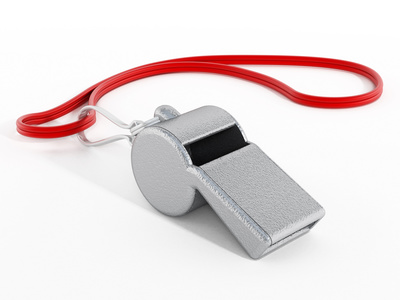


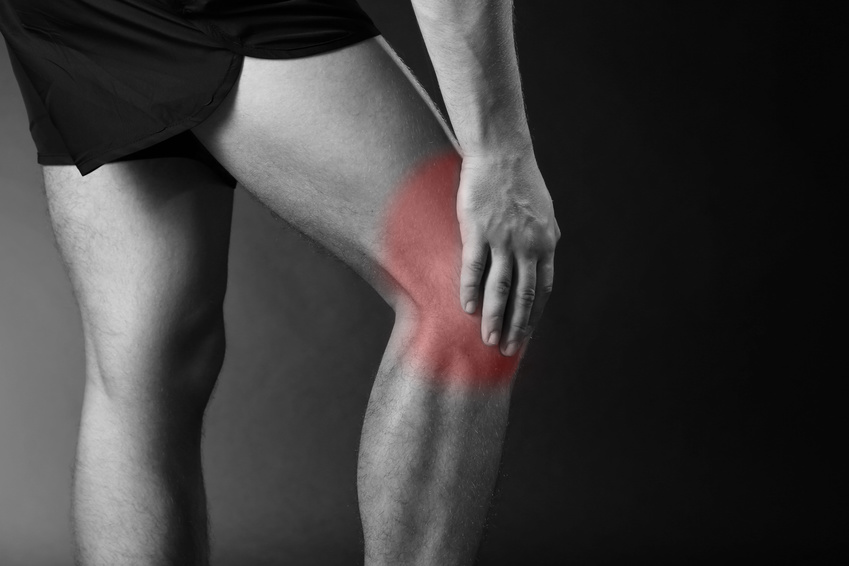



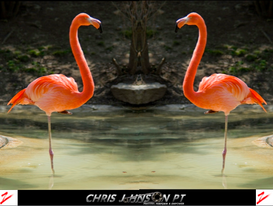




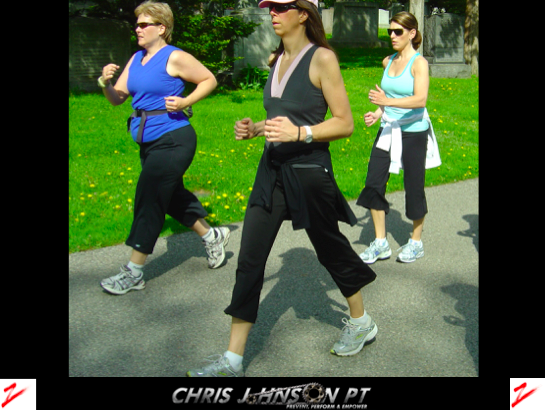

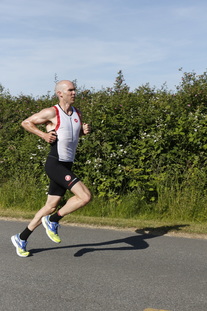
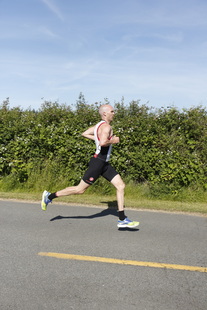
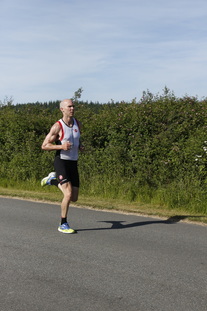

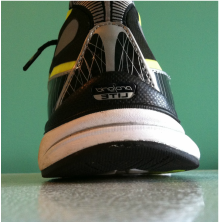
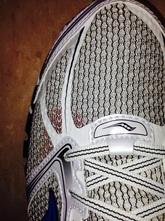
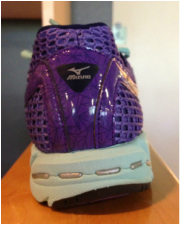

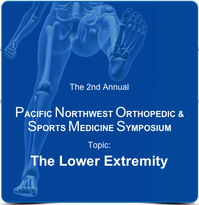

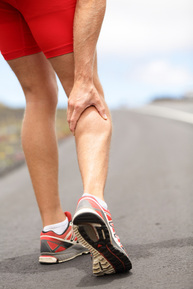
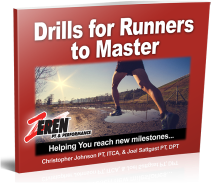
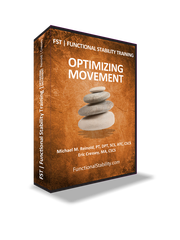
 RSS Feed
RSS Feed